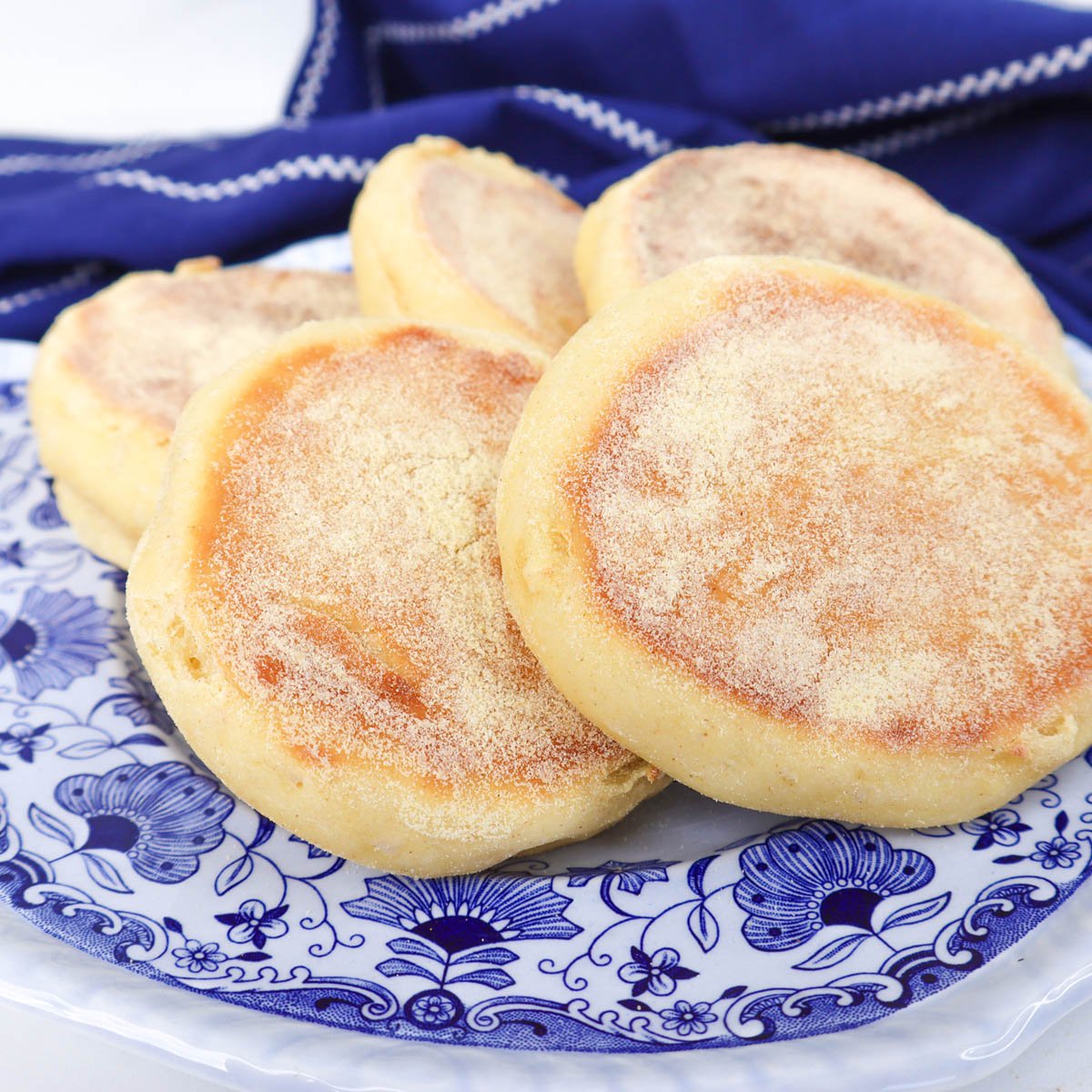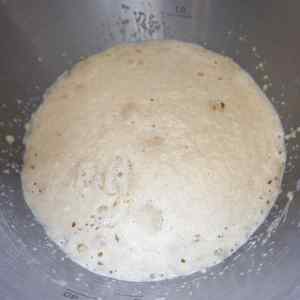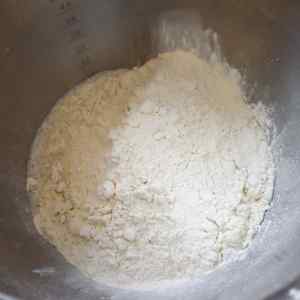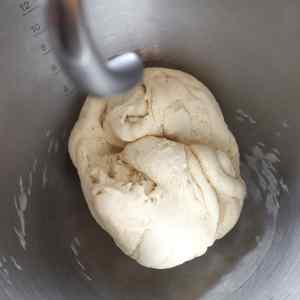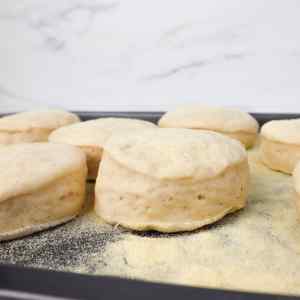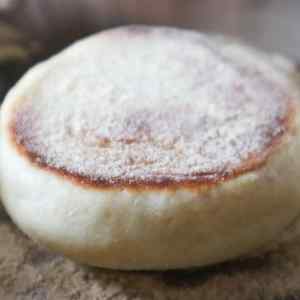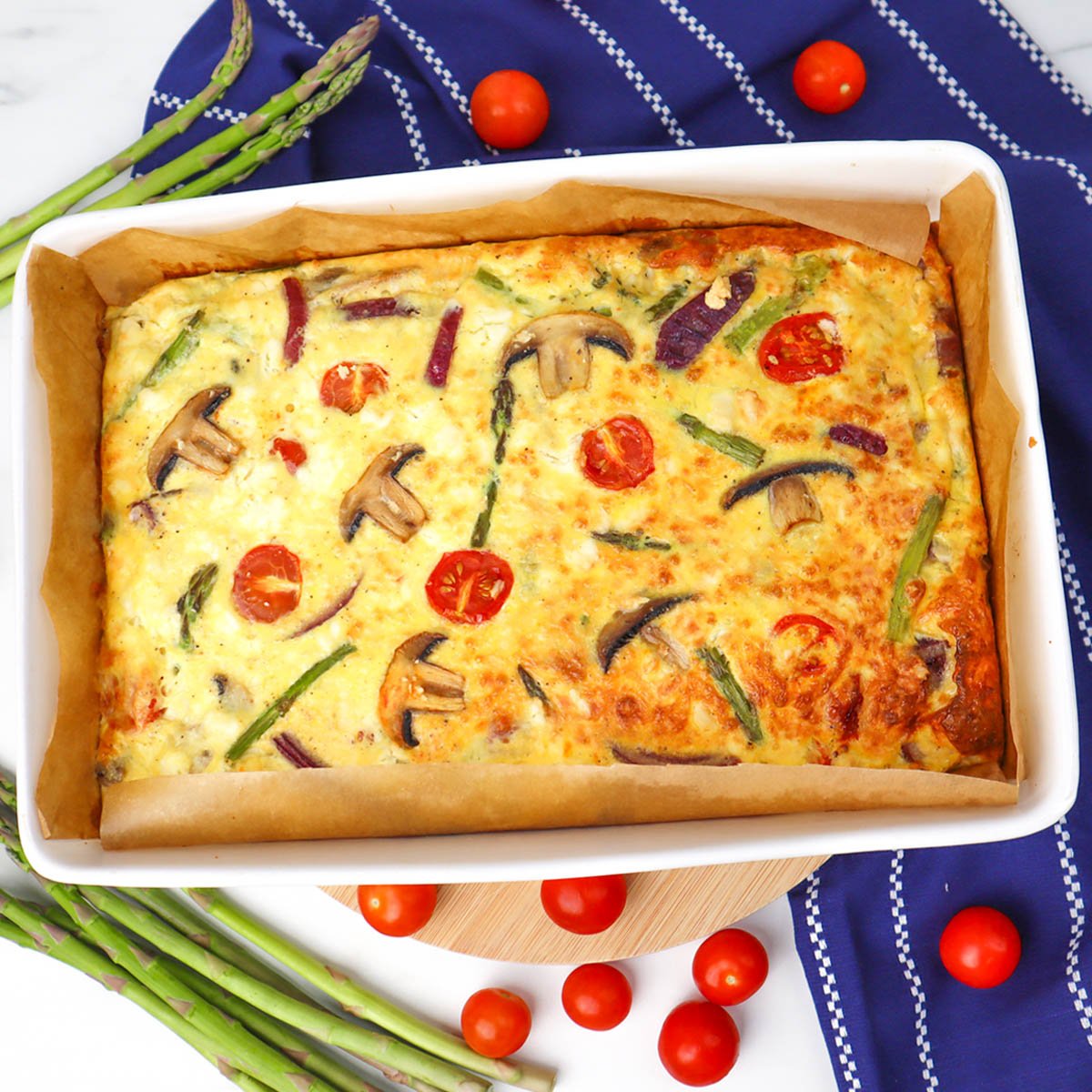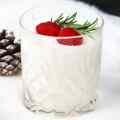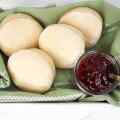Table of Contents
Homemade English Muffins
There's something undeniably comforting about waking up to the scent of warm, golden English muffins toasting gently, ready for a generous smear of butter that melts into every nook and cranny. When I was growing up, they were often part of a weekend breakfast, slightly crisp on the outside, soft and airy inside, and always just the right balance between rustic and refined.
For years, I thought English muffins were one of those foods best left to the professionals or the store shelves. But once I started experimenting with bread doughs and simple yeast recipes, I realized that these humble breakfast staples are far easier to make than you might think. And the payoff, freshly made English muffins still warm from the pan.
They've become a staple in my kitchen, not just for breakfast but for meal prepping too. I'll bake a big batch on a Sunday, then freeze them to reheat during the week. My favorite way to enjoy them? A homemade version of a McDonald's style egg and bacon muffin. There's something deeply satisfying about assembling your own version at home, healthier, fresher, and every bit as comforting.
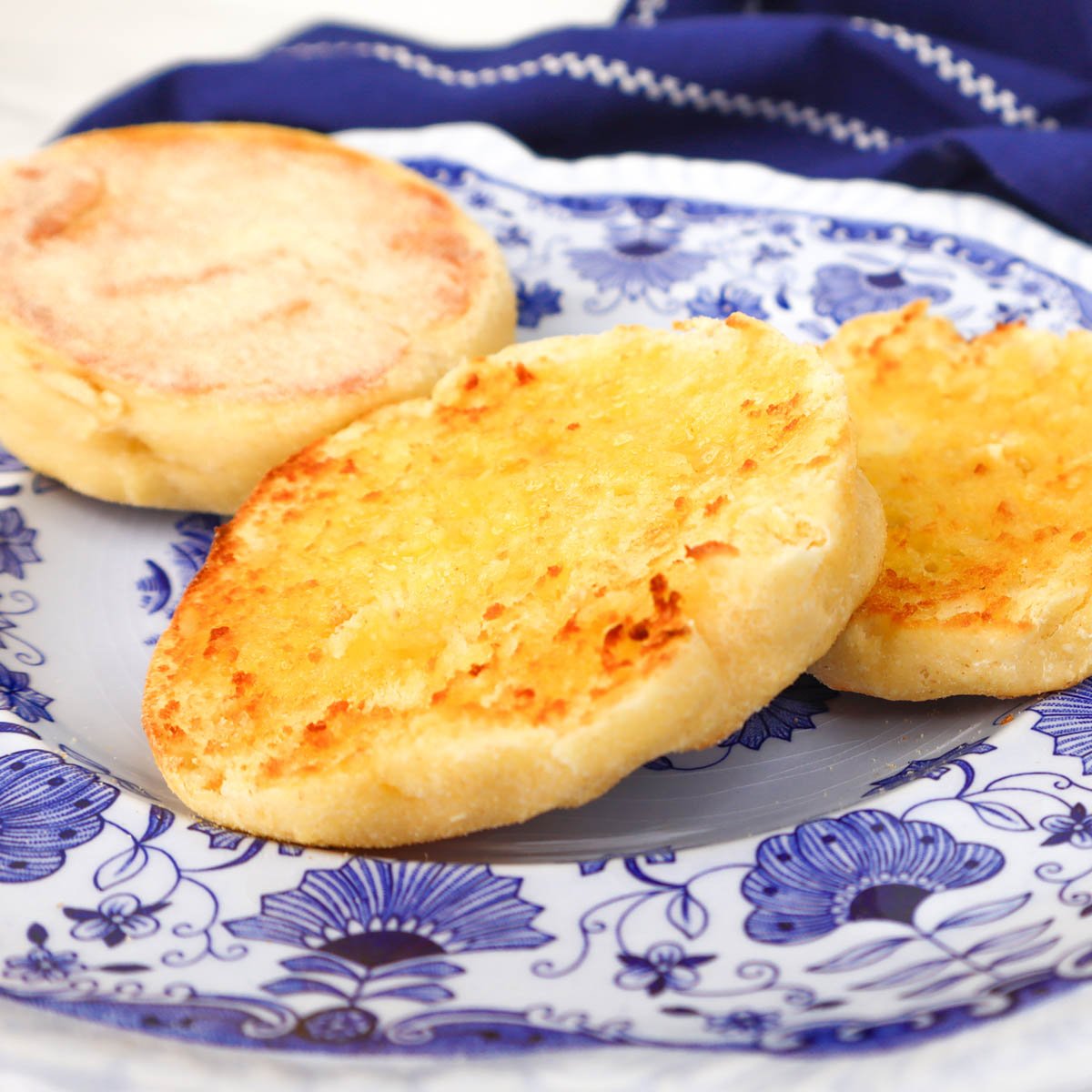
What Makes English Muffins So Special?
When you think about breakfast breads, there are plenty to choose from: toast, bagels, croissants. So what makes English muffins stand out?
For me, it's all about texture and versatility. They sit in that sweet spot between soft and structured. The inside has that tender chewiness you expect from good bread, while the outside gets just crisp enough when toasted. That balance makes them the perfect base for everything from butter and jam to poached eggs and hollandaise.
English muffins are also wonderfully adaptable. You can serve them sweet or savory, at breakfast or lunch, and even use them as mini pizza bases. There's a reason why they've been beloved for generations, they're both nostalgic and endlessly practical.
When you make them from scratch, you appreciate their simplicity even more. A few basic ingredients, flour, yeast, milk, sugar, transform into something that feels like it came straight from a bakery. And best of all, you don't even need to turn on your oven.
What's the Secret to Perfect English Muffins Every Time?
Over the years, I've picked up a few small but important tricks that make all the difference between a good batch and a great one.
- Use warm milk, not hot. If it's too hot, it can kill the yeast; if it's too cold, the yeast won't activate properly. You're aiming for comfortably warm, around body temperature.
- Let the yeast bloom. Waiting those 5 to 7 minutes for a light foam to form on top of your milk mixture ensures the yeast is active and ready to work.
- Knead patiently. The dough should be soft but elastic, and kneading helps develop the gluten that gives English muffins their signature chew.
- Don't skip the semolina. Dusting the trays and tops with fine semolina before proving gives them that classic slightly crisp crust and prevents sticking.
- Cook low and slow. The key is steady, gentle heat. If your muffins brown too fast, they'll be raw in the middle. Adjust the temperature as needed and trust the process.
Once they're done, transfer them to a wire rack and resist the urge to eat them immediately. Let them cool slightly so the texture sets and the flavor deepens. Then, when you finally split one open (using a fork, of course, not a knife, you want those perfect nooks and crannies), you'll understand why homemade is so worth it.

How Do You Serve English Muffins?
This is where the fun begins. English muffins are a blank canvas for creativity. I've tried countless toppings, but I keep coming back to a few favorites.
For something simple, you can't go wrong with butter and jam. The warmth of the muffin melts the butter instantly, and the jam seeps into every crevice, it's breakfast perfection.
If you're in the mood for something more substantial, try making a classic egg and bacon muffin. I love cooking an egg until just set, layering it with crispy bacon and a slice of cheese between two halves of an English muffin. It's hearty, satisfying, and ideal for meal prepping. I'll often make a batch ahead, freeze them individually, and then defrost one each morning for a quick breakfast that still feels special.
For a fancier weekend brunch, nothing beats eggs Benedict. Toasted English muffins topped with poached eggs, ham, and hollandaise sauce, rich, creamy, and impossibly good. It's restaurant-quality food made right at home.
And of course, they make a perfect base for quick mini pizzas or even a sweet snack with a drizzle of honey or Nutella. Once you start making them regularly, you'll find endless ways to use them.

Why Make English Muffins From Scratch?
You might be wondering, why go through the effort of making them yourself when you can easily buy a pack at the store?
For me, the difference is night and day. Store-bought English muffins can be dry or overly uniform, while homemade ones have a fresh, slightly rustic charm. The texture is softer, the flavor more complex, and there's a satisfaction that comes from knowing exactly what's in them.
There's also something deeply relaxing about the process itself. Mixing, kneading, and watching the dough rise has a rhythm to it that feels grounding. It's a small act of mindfulness that connects you to generations of home bakers who made bread not just for sustenance, but for the simple pleasure of it.
And once you've tasted one still warm from the pan, with its soft, steamy interior and slightly crisp edges, you'll understand why homemade always wins.
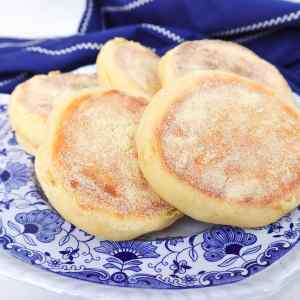
English Muffins
Equipment
- Cookie cutter (7.5 cm)
- Heavy-based frying pan or griddle
Ingredients
- 400 Grams Strong white flour plus extra for dusting
- 1 Teaspoon Caster sugar
- 5 Grams Fast-action yeast
- 250 Milliliters Whole milk warmed
- Fine semolina for dusting
Instructions
- Gently heat the milk in a small saucepan until just warm to the touch. It should feel comfortable when tested with your finger, not hot.
- Pour the warm milk into a mixing bowl and stir in the sugar and yeast. Let it sit for about 5–7 minutes, until a light foam appears on the surface. This means your yeast is active and ready.
- Add the flour and salt to the bowl with the yeast mixture.
- Mix together until a rough dough forms, then knead on a lightly floured surface for about 8–10 minutes, or until the dough is smooth and elastic. You can also knead using a stand mixer fitted with a dough hook.
- Roll out the dough on a lightly floured surface to about 1 cm thick. Use a 7.5 cm cookie cutter to cut out 8 rounds, re-rolling the scraps if needed.
- Place the rounds on a baking sheet dusted with fine semolina. Sprinkle more semolina on top, cover loosely with a clean kitchen towel, and let rise in a warm place for about 1 hour, or until doubled in size. For even more flavor, let the dough prove overnight in the fridge instead.
- Heat a heavy frying pan or griddle over medium heat. Carefully transfer the muffins onto the pan and cook for about 6–7 minutes on each side, or until golden brown and firm to the touch. Cook in batches, adjusting the heat if needed so they don’t brown too quickly before cooking through.
- Transfer the muffins to a wire rack and allow them to cool slightly. Serve warm, split open, and toasted with butter, jam, or your favorite toppings.
Notes
- Check your yeast: If your mixture doesn’t foam after 10 minutes, the yeast may be inactive. Start again with fresh yeast for best results.
- Perfect texture: The key to that signature chewy inside is kneading long enough to build gluten, so don’t rush it.
- Don’t skip the semolina: It gives the muffins their classic, slightly crisp crust.
- Low and slow: If your muffins brown too fast, lower the heat so they have time to cook through evenly.
- Storage: Keep leftovers in an airtight container for up to 3 days, or freeze for up to a month. Reheat in the toaster before serving.
- Serving idea: Try topping your English Muffins with poached eggs and hollandaise for a homemade eggs Benedict.
Nutrition
Making homemade English muffins is one of those small kitchen joys that never gets old. Every batch reminds me that the best breakfasts are often the simplest, made with care, shared with family, and enjoyed slowly. If you loved this recipe, there's a whole world of breakfast ideas waiting for you. Try my breakfast burritos for busy mornings, a hearty egg and potato breakfast for lazy weekends, or a colorful baked veggie frittata for a wholesome start to the day. And if you're craving something on the sweeter side, don't miss my soft, moist banana bread or freshly baked homemade sourdough bread, each one is made to bring a little warmth and comfort to your mornings.
If you try these English muffins or any of my breakfast recipes, I'd love to see your creations! Share them with me on social media and tag your photos so I can feature your bakes. Follow along for more easy, homemade recipes that turn everyday meals into something special.
